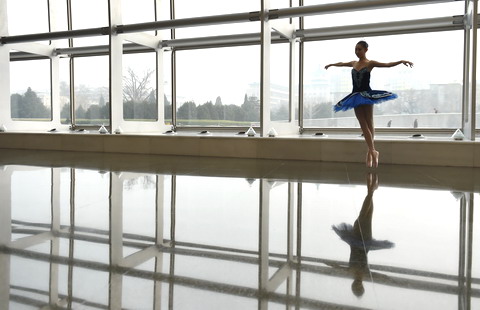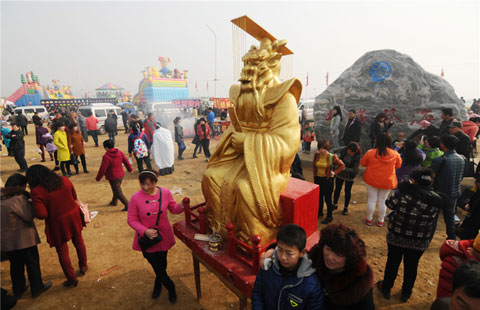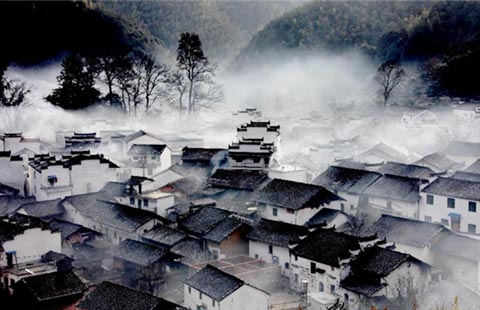Gold masks shine light on lost Himalayan kingdom
( Xinhua ) Updated: 2015-03-27 10:01:09
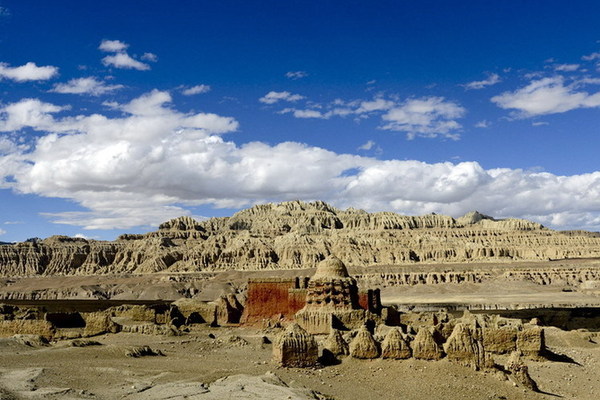 |
|
Landscape of the Guge Dynasty ruins in Zanda county, Ngari prefecture, southwest China's Tibet.Zanda county is rich in historical legacies and it is where the golden mask was unearthed.[Photo/IC] |
Squatting by an ancient tomb at an altitude of 4,000 meters in the Ngari region in Tibet, archaeologist Tong Tao noticed a worker pick up something wrinkled and shining from the soil.
"It looked too new for the 1,800-year-old tomb. At first, I thought it was a candy paper blown into the tomb by the wind," recalls Tong, who leads an archaeological team from the Institute of Archaeology under the Chinese Academy of Social Sciences (CASS).
On a second look, he was surprised -- the "candy paper" was a small gold mask.
Beautifying the dead
Located in front of the Gurugyam Temple in Gar county, of Tibet's Ngari region, the tomb is one of the highest archaeological digs in the world.
When a passing truck opened a hole in front of the temple in 2006, the monks found some silk, bronze and pottery items. They enshrined them in the temple, believing they were from their ancestors.
Archaeologists came to excavate the tomb in 2012.
Flicking off the dust, Tong found the gold mask was a square, 4 cm by 4 cm. The eyes, nose and mouth were drawn on with black and red pigment. Little holes around the mask indicated it was originally stitched on silk.
Lab analysis showed the owner of the tomb was a man aged about 35.
However, this was not the only gold mask discovered in the Himalayan region.
A mask as big as a real face and wearing a hat was unearthed from a tomb in Ngari's Zanda county in 2009. Another was found nearby in 2012, just after Tong Tao's discovery.
The tomb in Zanda was named the Chuvthag cemetery after a nearby stream.
It dates back about 2,000 years, according to Li Linhui, a researcher at the Institute of Cultural Relics Protection in Tibet.
"The discoveries show the use of gold masks in the Himalayan region was not uncommon," says Tong.
Records show the Zhangzhung Kingdom ruled the western region of today's Tibet before it was conquered by the Tubo Kingdom.
However, most of the historical documents describing the Zhangzhung Kingdom are exaggerated. Researchers still lack solid evidence about the mysterious ancient civilization.
"It's quite likely that the owners of the gold masks were the heads or high ranking noblemen of the Zhangzhung Kingdom," Tong says.
"We are still not clear about the exact purpose of the gold mask, but we think the basic function was to beautify the dead," Tong says. "The gold mask is key to studying Zhangzhung civilization."
|
|
|
|
|
|
|
|
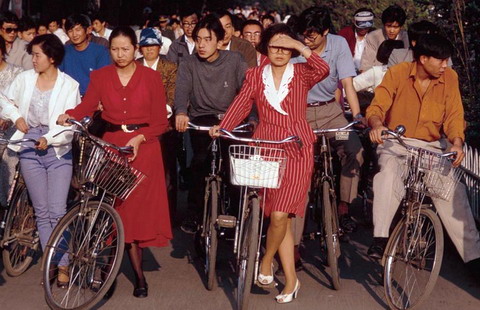
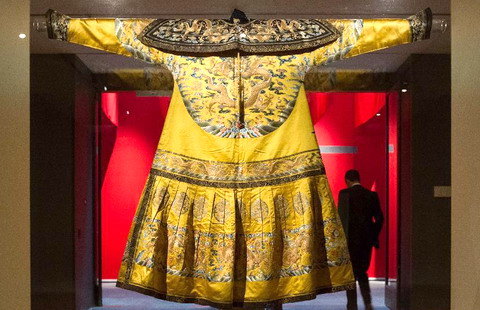
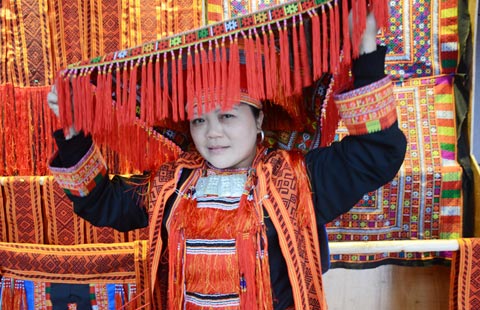

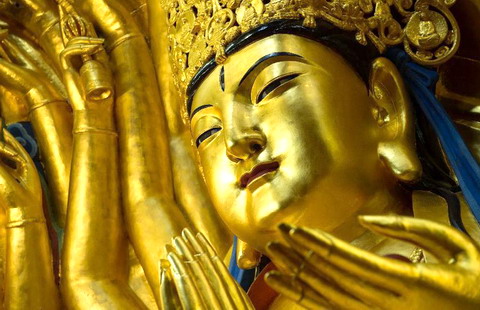
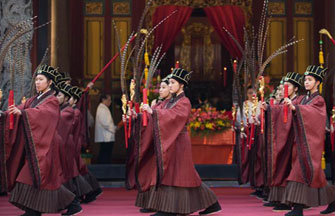

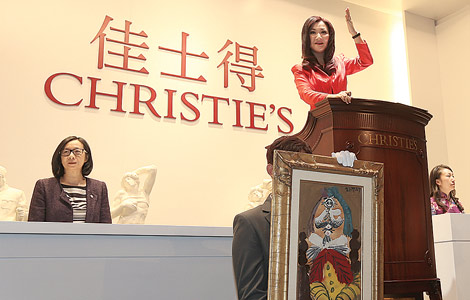







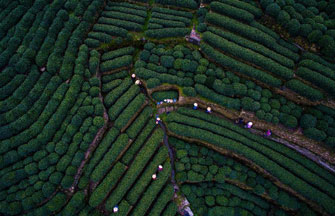


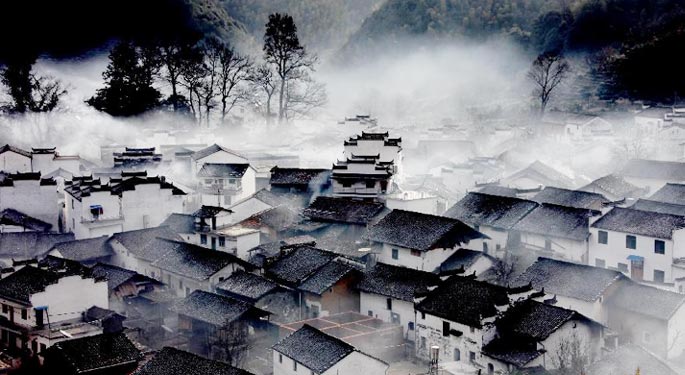



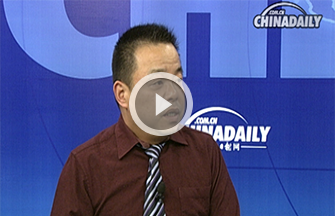
 Raymond Zhou:
Raymond Zhou: Pauline D Loh:
Pauline D Loh: Hot Pot
Hot Pot Eco China
Eco China China Dream
China Dream China Face
China Face
